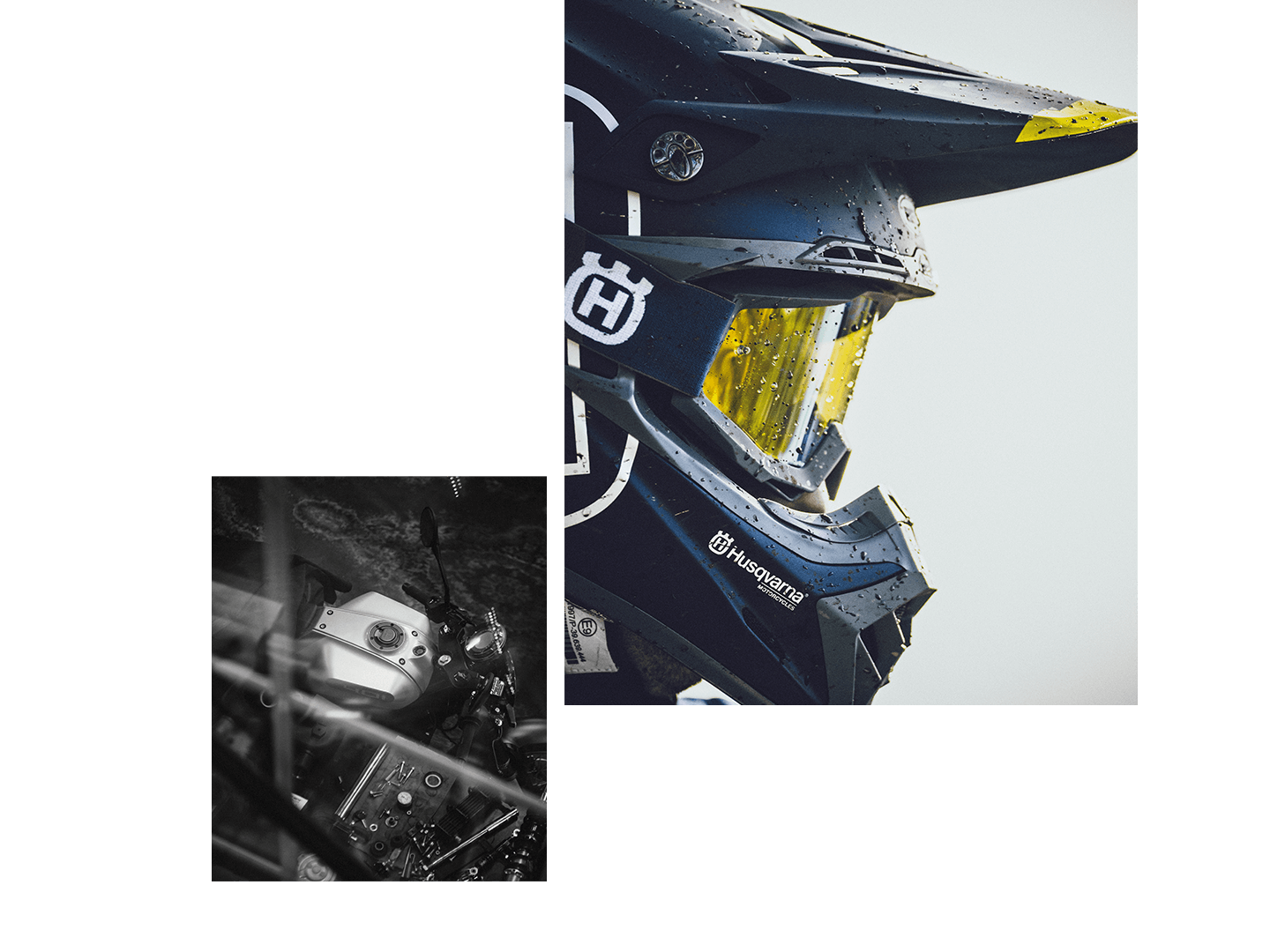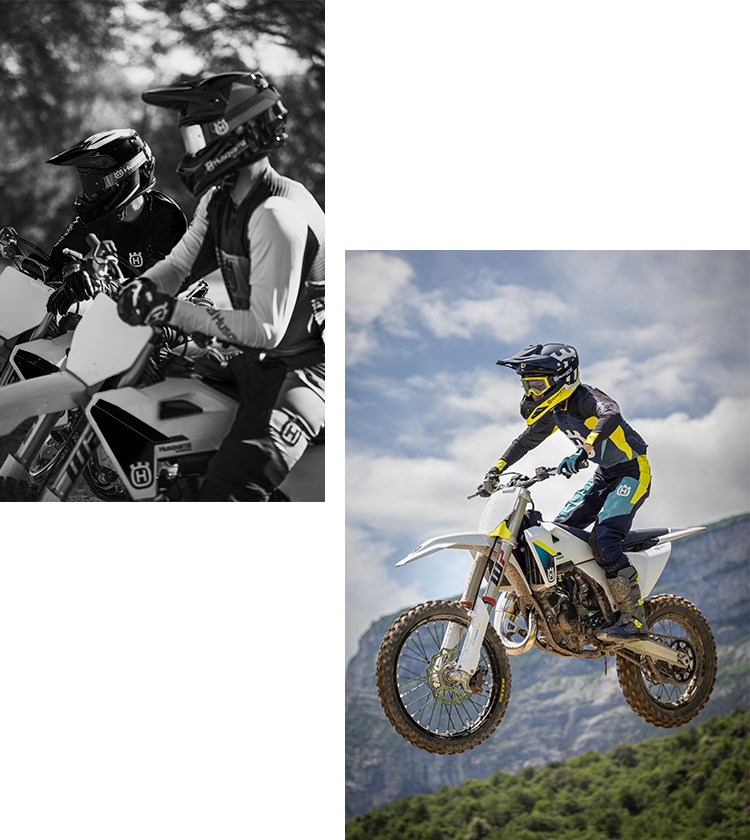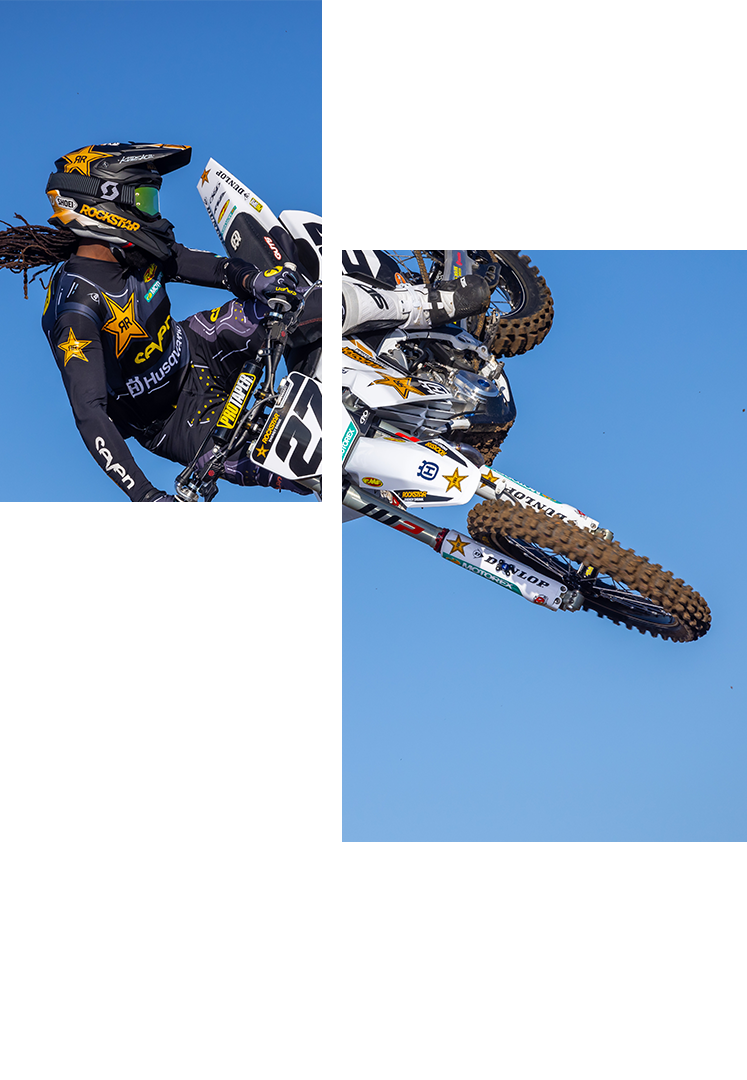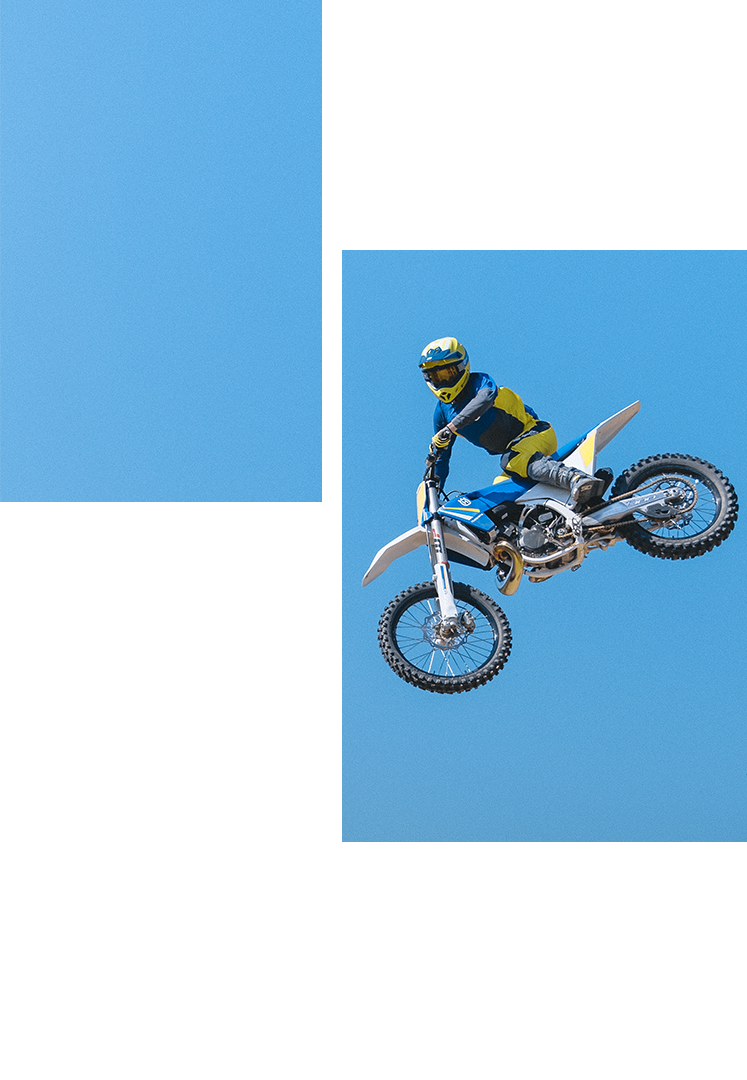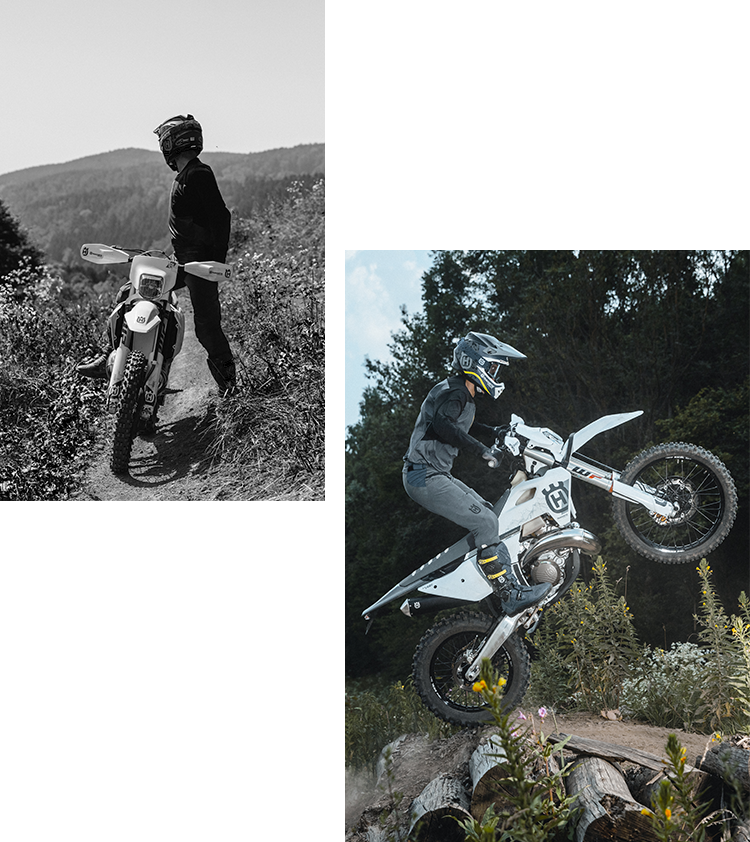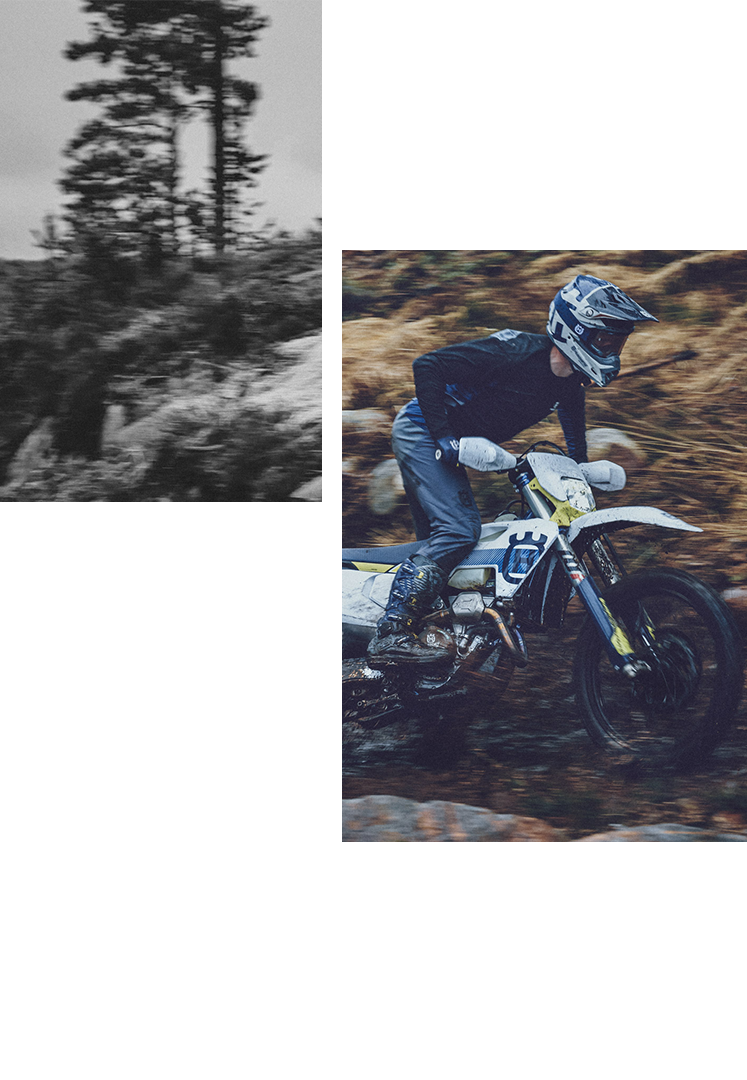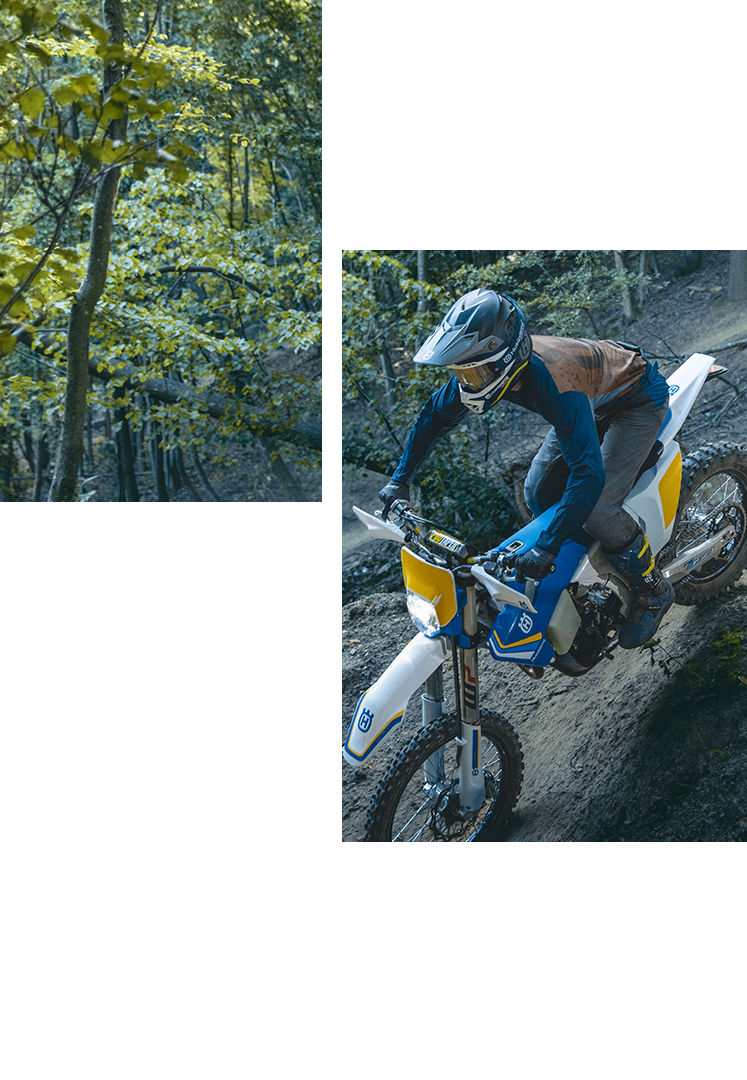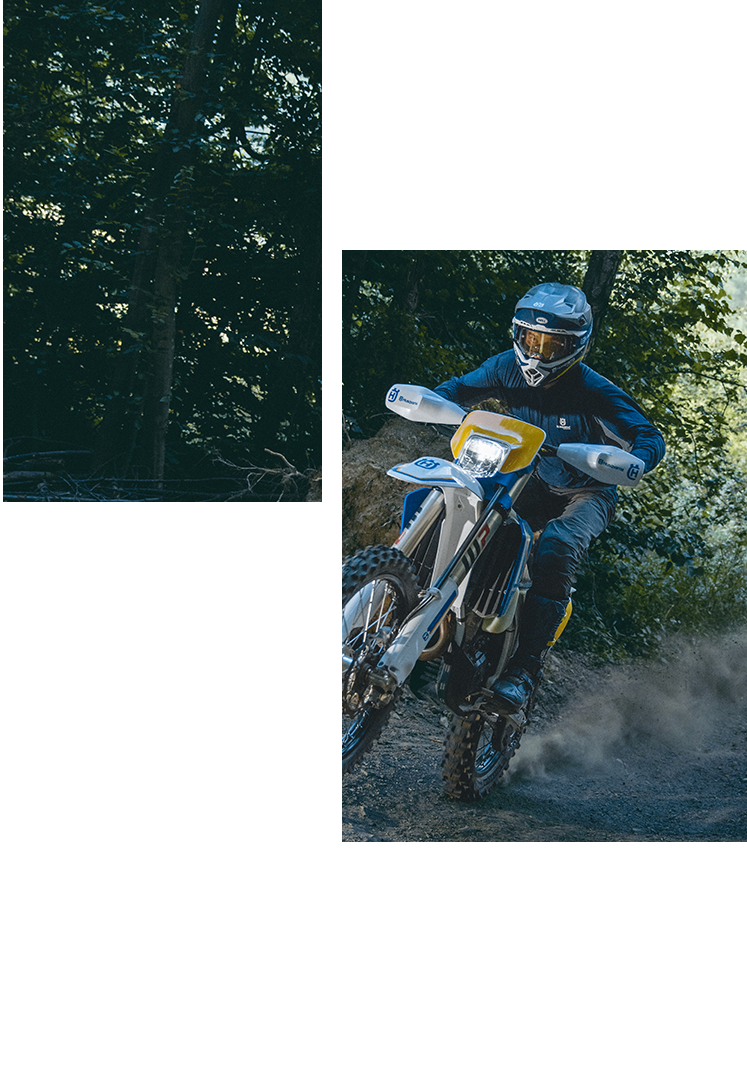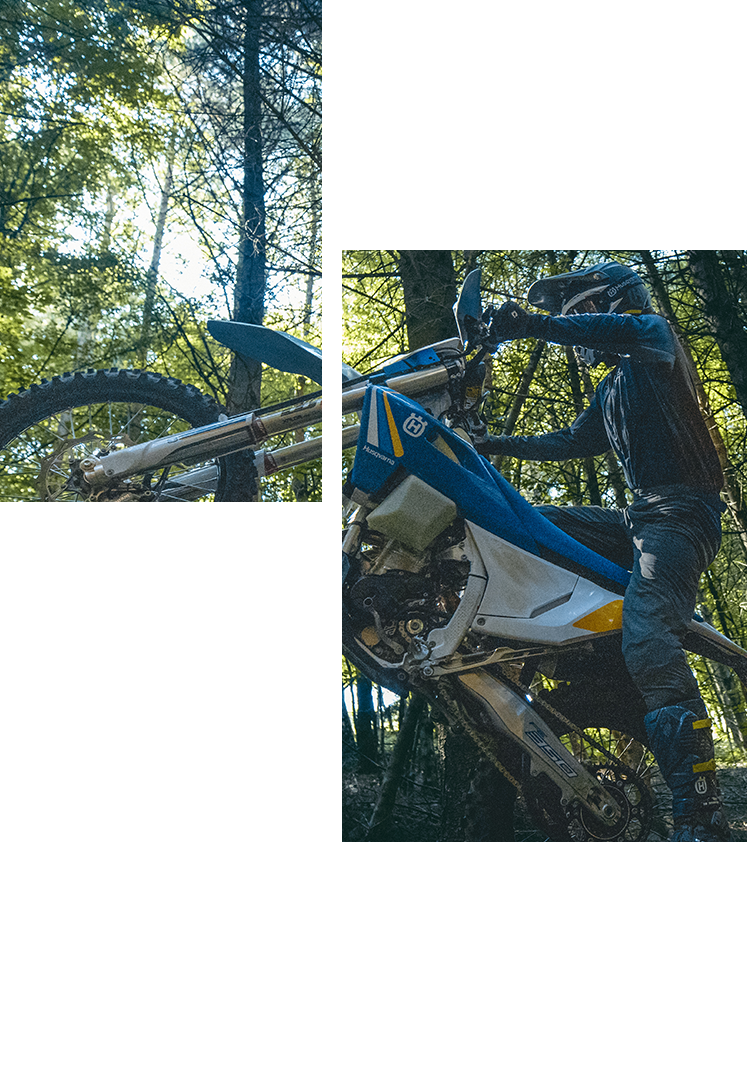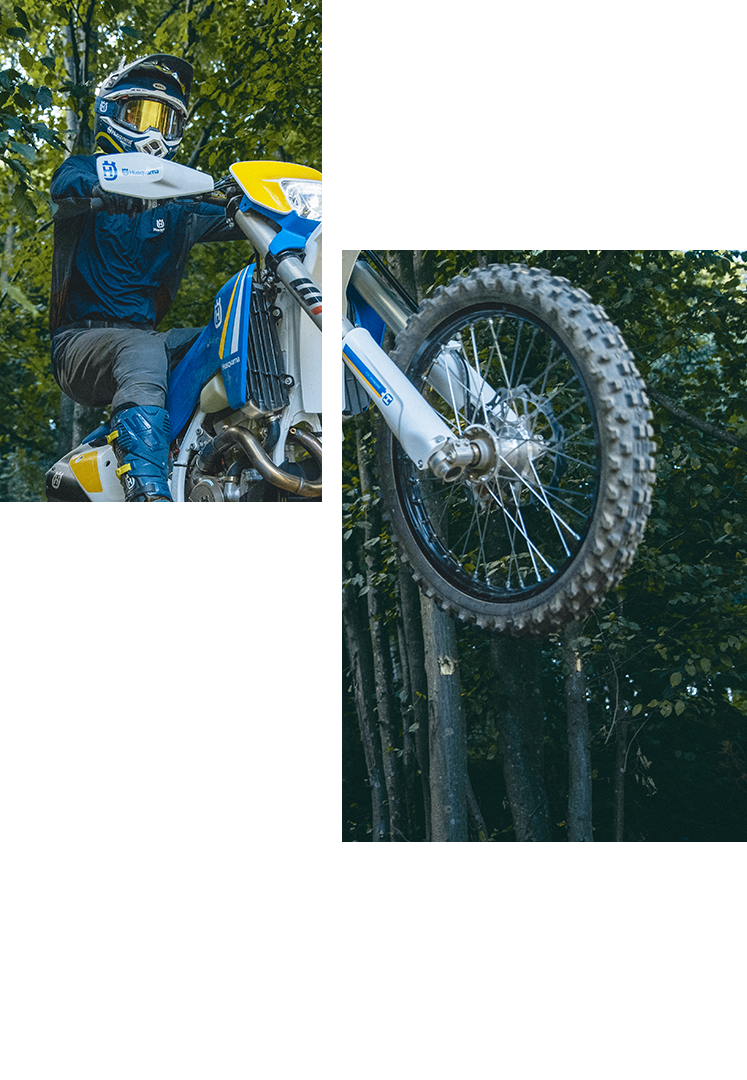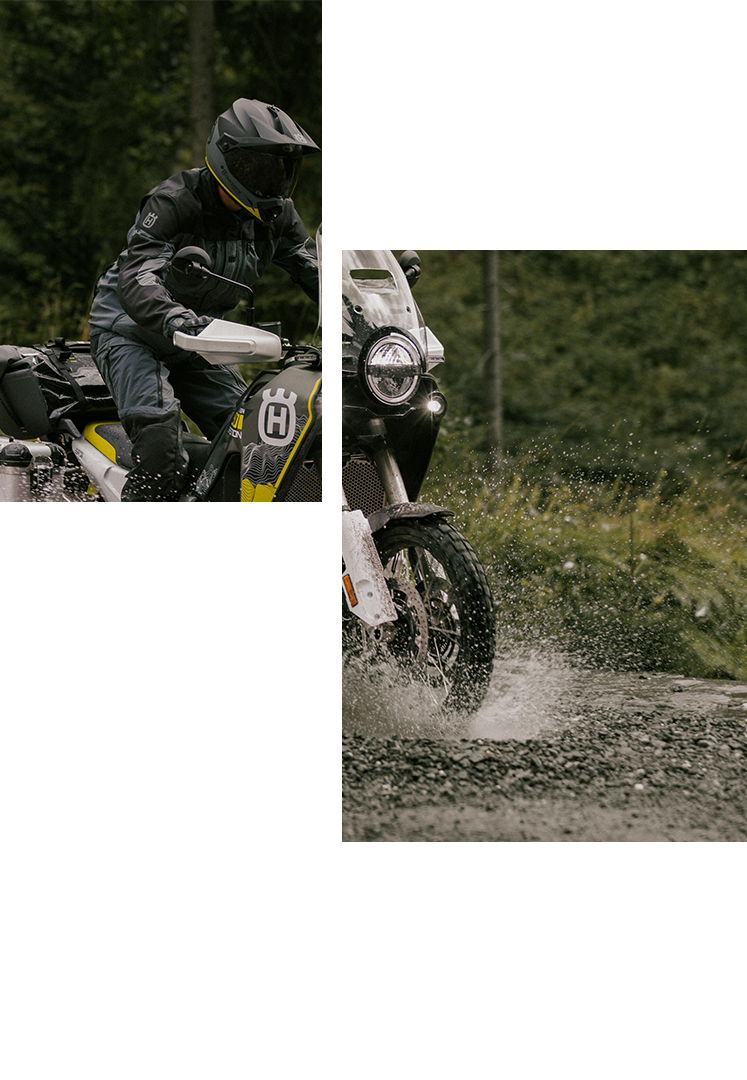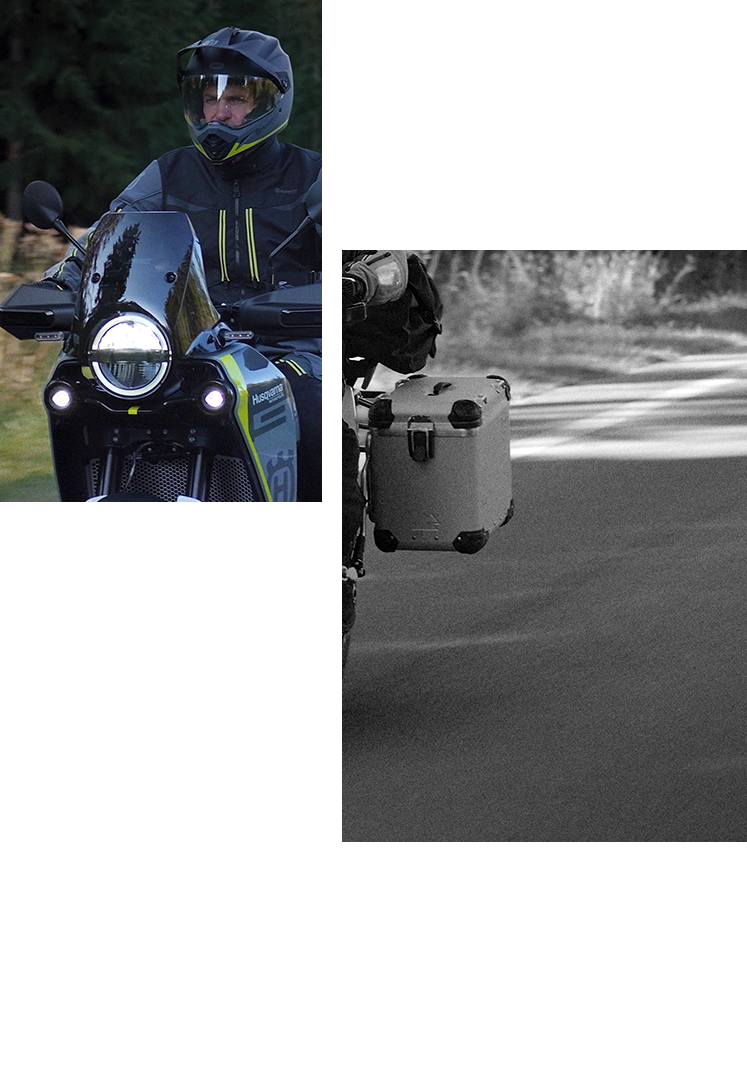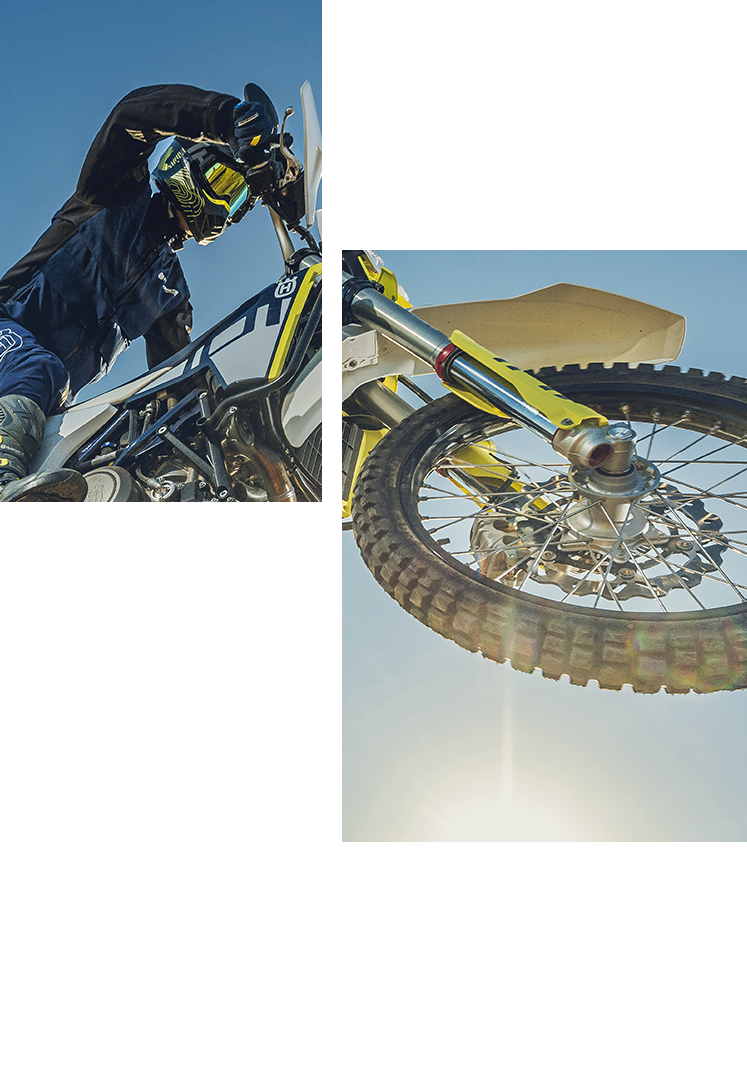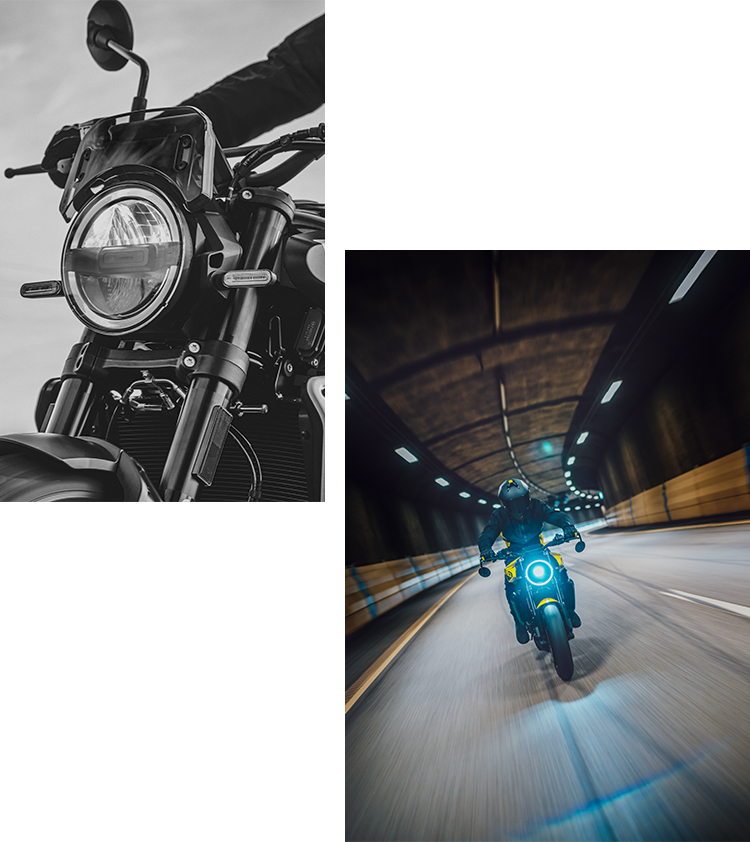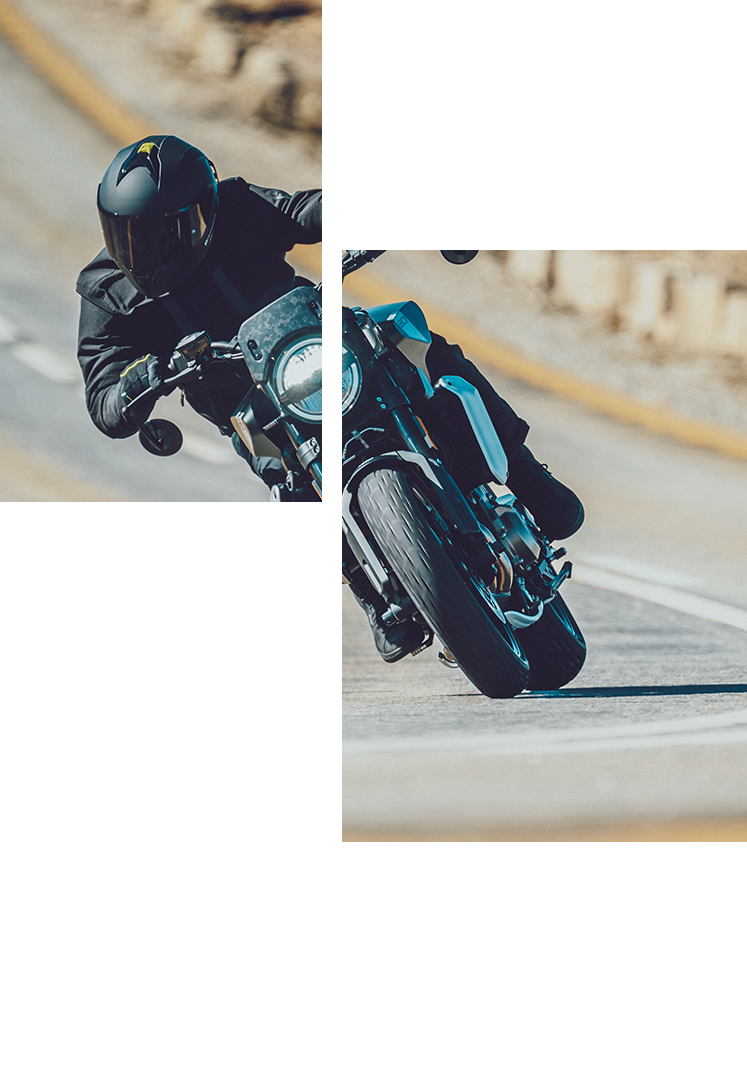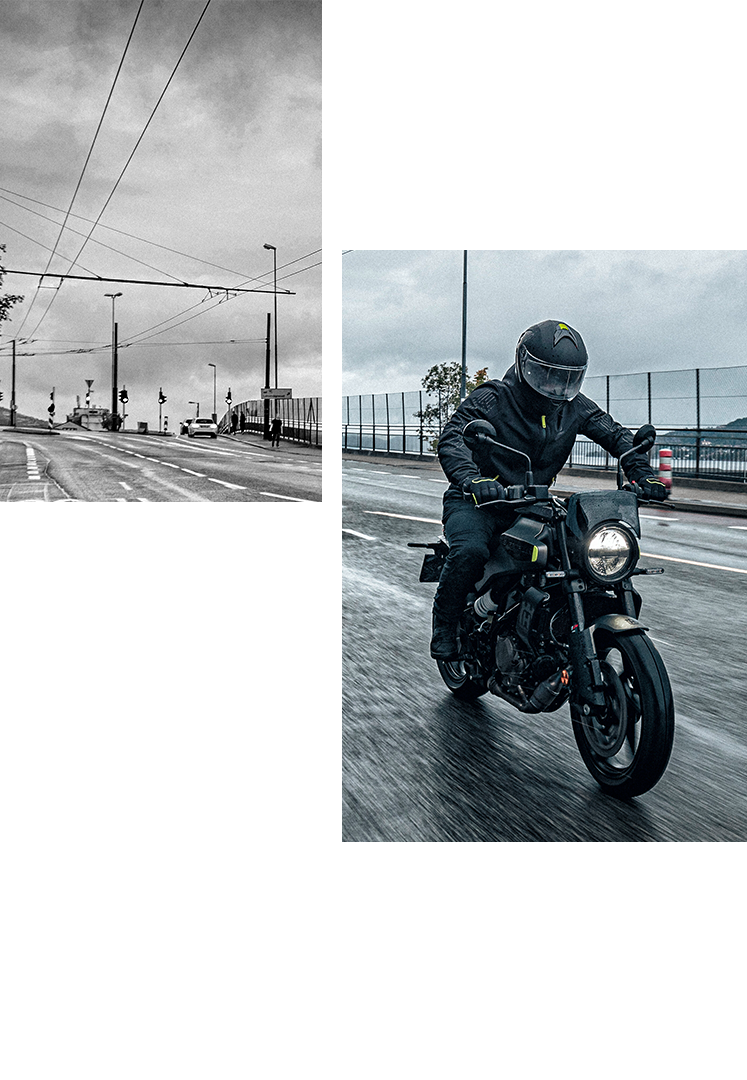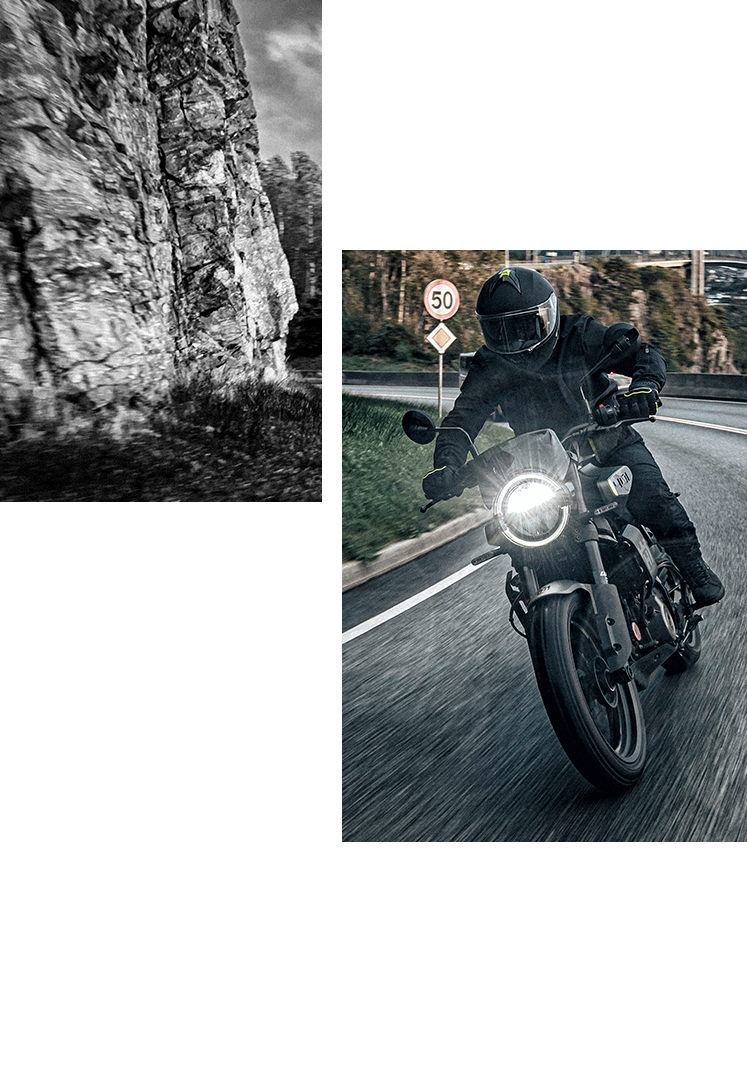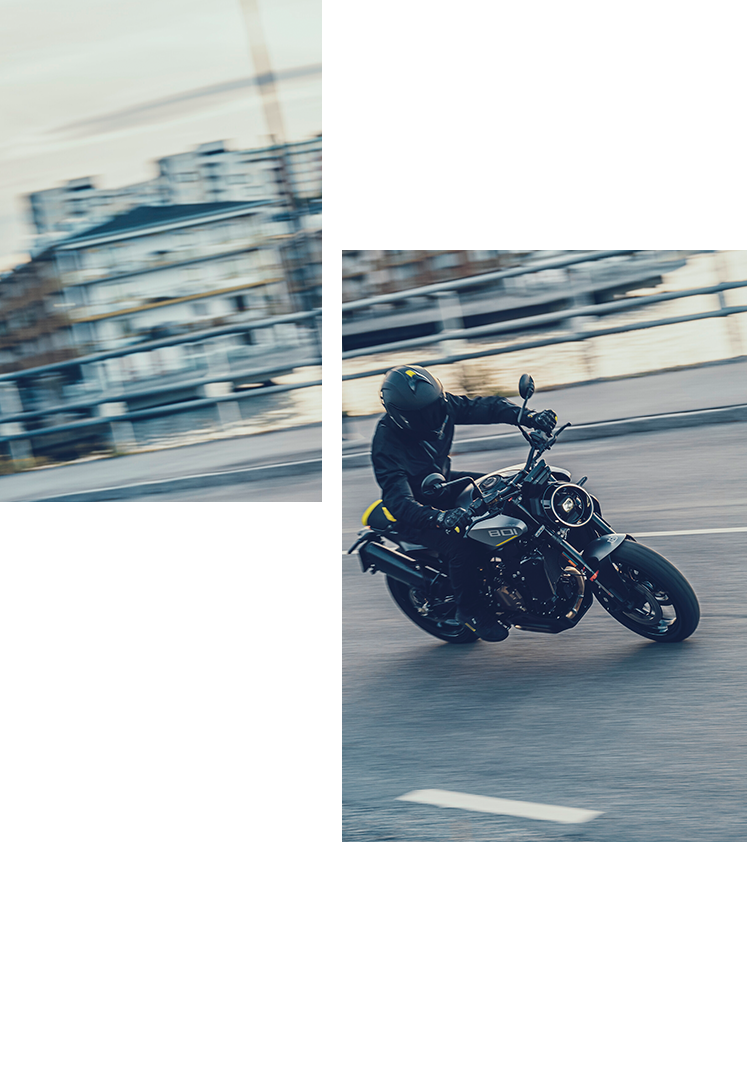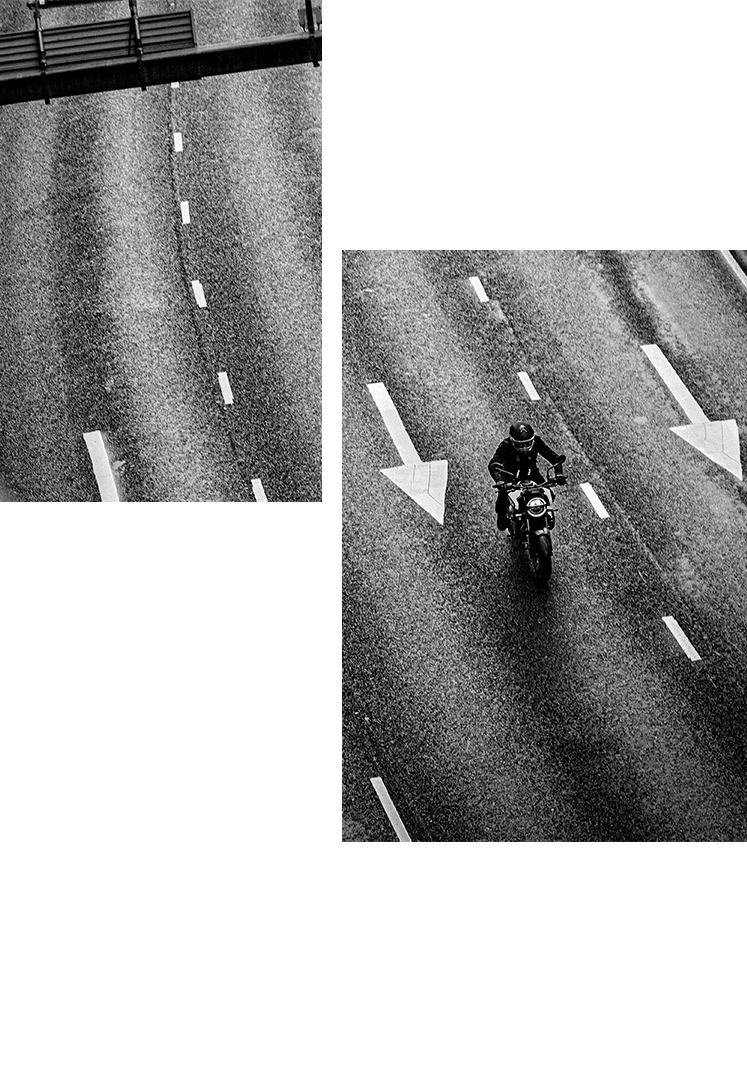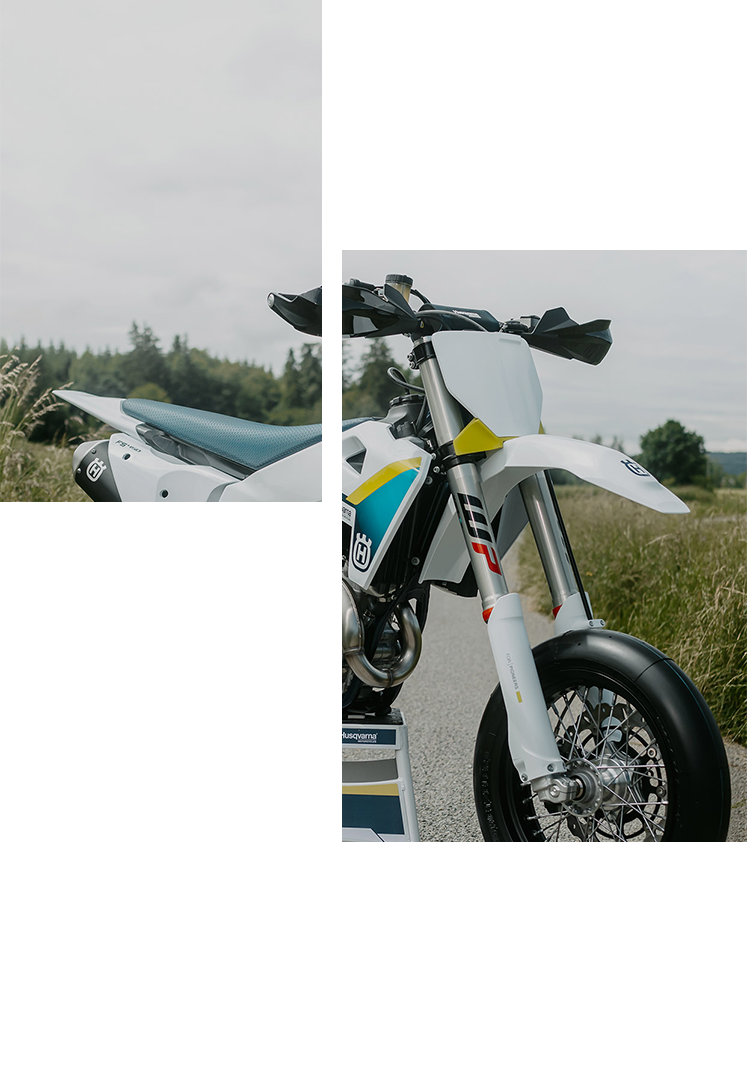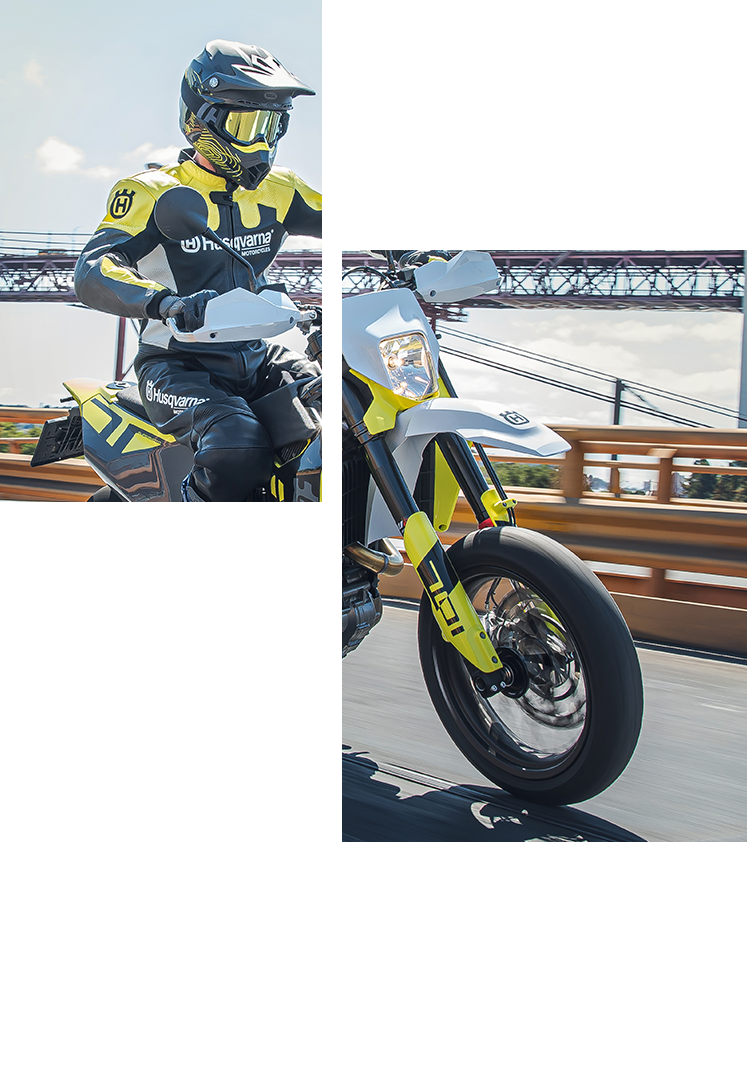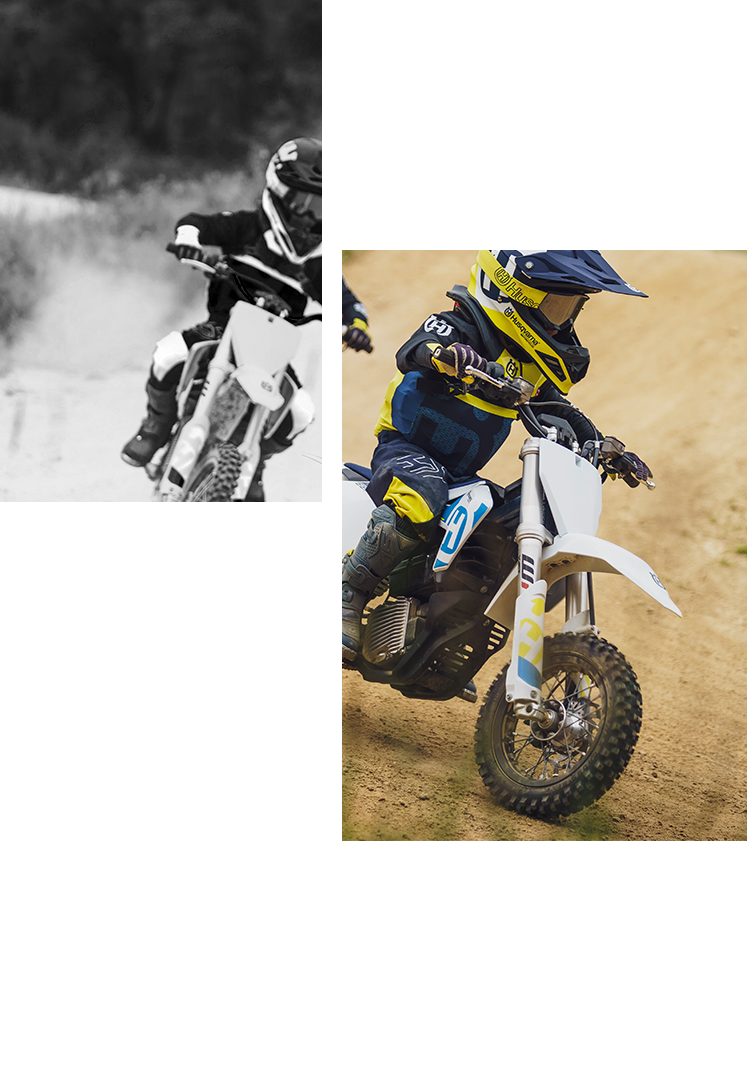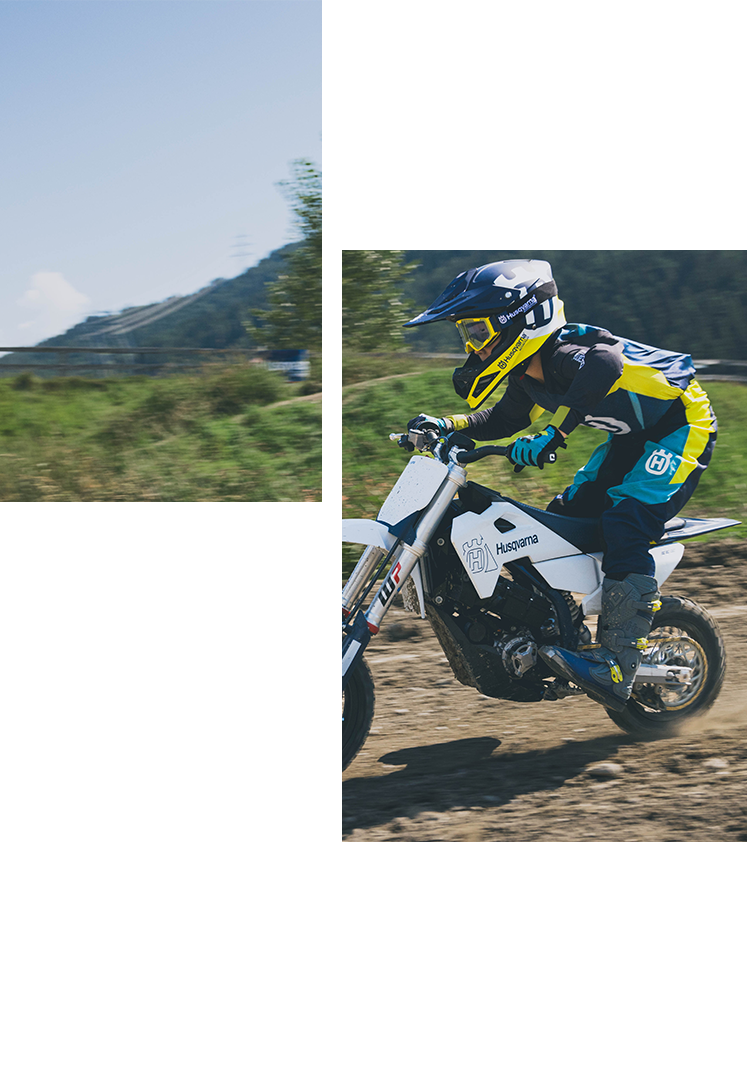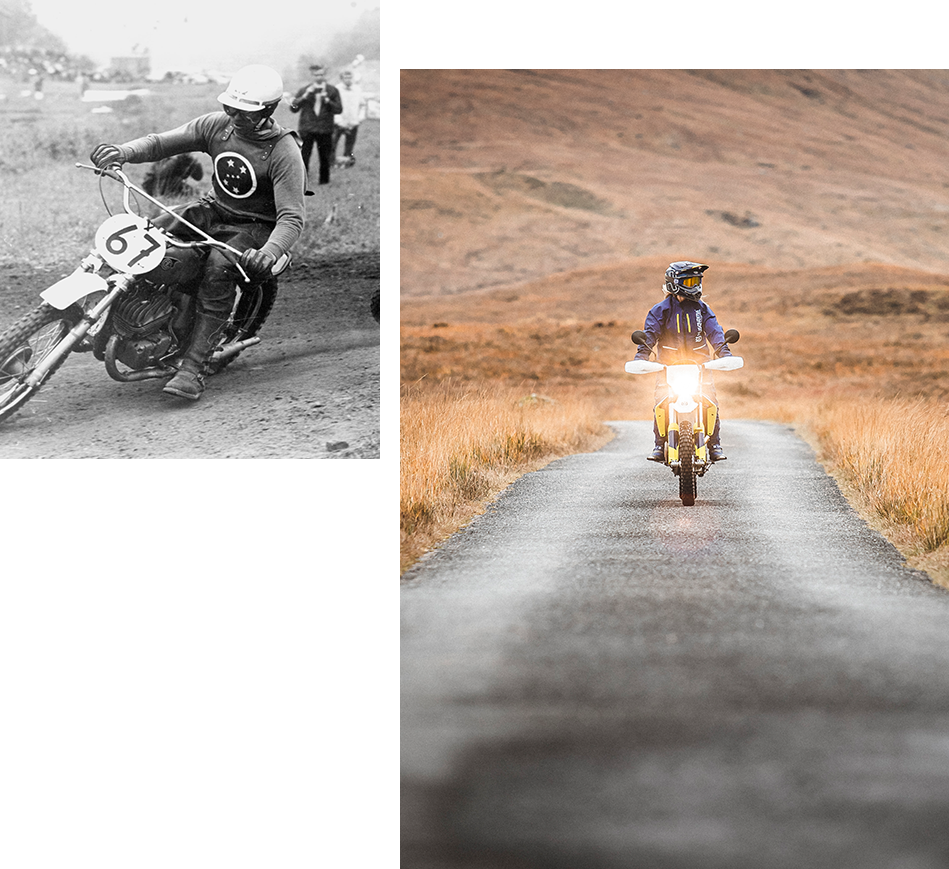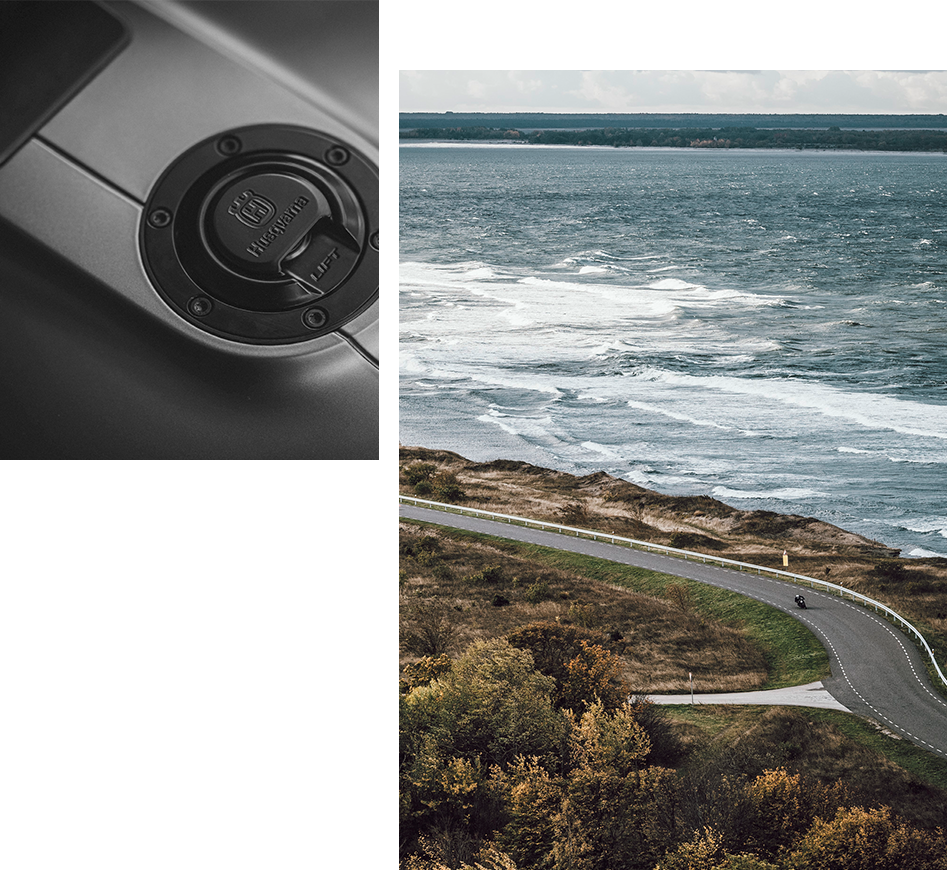Big bad brad
By Kenneth Olausson
American Brad Lackey was only a 21-year-old when came to Europe looking to gain Grand Prix experience. Brad came on his own, without any factory support, and rode for two seasons before Husqvarna saw his talent and gave him a contract to ride alongside the big guys. This happened before the 1974 season and Lackey teamed up with riders like the Finland’s Heikki Mikkola and the Swede Arne Kring.
Brad Lackey was born on July 8th back in 1953 in Berkeley, California. Being a son of a motorcyclist, Brad started his riding career very early. He was only nine when he rode with his father in the San Francisco Bay Area and up in the mountains in the nearby. Soon his interest switched from road riding to offroad and desert challenges. At 13 he began taking racing seriously and took part in several events in northern California. Simultaneously, a man by the name of Torsten Hallman came over to the States, introducing the true sport of motocross. Brad Lackey was all eyes and ears and tried to learn as much as he could when participating in co-races during the International Inter-AM series, which later became the Trans-AMA series.
Brad Lackey: “The Europeans were all true professionals and taught us that we had to take the task of educated riding and training much more seriously. I took this information to my heart and went home thinking that one day I would be competitive against these European guys...”
In 1972, Brad was 18. He took the tough decision to try his luck on the European circuits. Without any support Brad entered the Grand Prix circus in order to receive the proper experience to be competitive. With high hopes for the future Brad said… "Five-figures in dollars, that´s not what I count as much money. It has to be six-figures in order to count". Brad stayed as a dedicated private rider for two years before big things started to happen. He had just won his first Trans-AMA title when his career started to take off big-time. Brad won five of the eight Trans-AMA rounds in 1972.
After these two consecutive seasons in Europe Brad caught the eye of the Husqvarna staff. Although he received far from a six-figure salary, Brad did receive a factory contract with support consisting of bikes, equipment and a mechanic. The year was now 1974 and Brad Lackey was committed to ride in the half-litre class. The factory machine had been developed slightly from the previous years and was now entering its third season. With improvements coming from a redesigned frame and new shock absorbers, the suspension was improved thanks to longer travel. Brad thanked Husqvarna with many successful starts in the European Grand Prix series, finishing 10th in the 500cc championship table at the end of his first year as a factory rider. He was also a member of the successful American team that finished second in the Motocross des Nations, a fantastic surprise in the motocross community.
In 1975 Husqvarna sold their ‘Mikkola Replica 360 GP machine’ to the avid private riders. Both Mikkola and Lackey were front-runners throughout the entire season. Brad won the first moto of his career with success coming in the Luxemburg Grand Prix. Mikkola managed to finish second in the 500 championship while Lackey improved his efforts, now coming sixth in the overall standings. Things looked good for the coming year when Mikkola switched to the 250cc class, while Brad Lackey remained with his big-bore bike among the 500cc machines. By this time Brad prowled the Continental circus and was accompanied by his wife Lori. They went from race to race in their luxurious motorhome where life in racing taught them how to live like globetrotters while at the same time raising a family. Of course, there were ups and downs during this period but the former ‘hippie from Berkeley’ set his sights on the world championship throne.
Before the 1976 series Brad had some serious talks with the responsible people at the Husqvarna factory. Lackey felt the factory machine needed further upgrading and was willing to work together with the engine and design departments in order to improve the GP machine. But his requests fell on deaf ears. Husqvarna believed in their own capabilities and felt they did not need any input from any young rider. They believed their development work and experiments would suffice in making the Husqvarna competitive in the world championship. After some heated discussions the Swedes thought Brad Lackey was a demanding rider while the American said that the Husqvarna people were non-receptive and quite stubborn. Brad Lackey proved his point by finishing fifth in the 500cc championship, competing with both the 360cc and the new 390cc machines during the long season. But after 1976, he left the Swedish factory and became the first American 500cc world champion in 1982.
A life's dream had finally come true!
Today, being older, Brad has again caught the bug of riding vintage races in motocross. He does it with the same eagerness as he did during his Grand Prix days. Brad also has an extensive motorcycle collection, mainly used by his son Logan.
